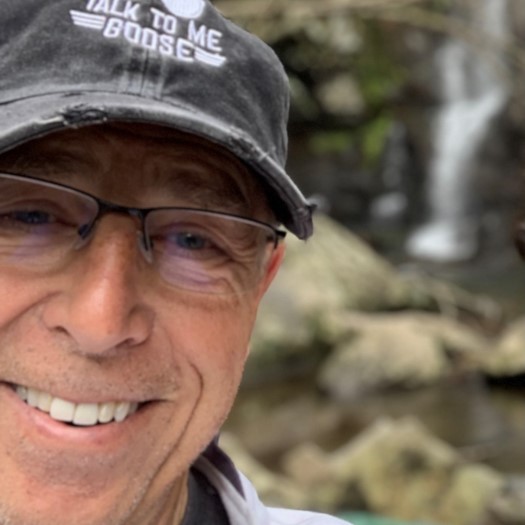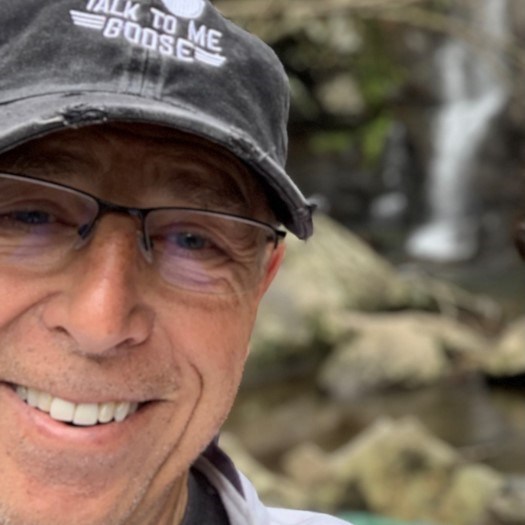For the second time this year, I’ve gone
under the knife. You might recall that back in the summer that I had a mountain
bike wreck that broke some ribs and collapsed a lung. A chest tube and
hospitalization followed that.
Well, last week, I had a double hernia repair. Be warned
that this may contain more information than you want to hear, but I promise it
will be all PG.
A couple of weeks ago, I had a hard workout on Monday, a
mountain bike ride on Tuesday, and had just finished an early hour on the
stationary bike when I jumped in the shower to get ready for my work day. As I
showered, let’s say, “down there,” I felt this ping pong ball in my right
groin.
Being the worry-wart that I am and having a primary care
physician (Dr. Kevin Turner) that is accommodating and understands me, I went
immediately to his office where he declared “Joe, that’s the easiest diagnosis
I’ll have today—you have a hernia.”
OK. So be it. What followed the next week were lab studies,
a contrast CT, and a visit with surgeon Dr. Stephen Pacifico. About Dr.
Pacifico: He played linebacker for us at
MHS and has made a fine surgeon. I have all the confidence in the world in him.
Yep, it was a hernia. And yep, I needed surgery, which was
scheduled for the following week. Oh, and there was a hernia on the other side
too.
Back up a bit to the why. Dr. Pacifico and I agreed that
while I might have the muscles of a 30 year old, I have the connective tissue
of a 70 year old. And I do lift heavy stuff from time to time. I lift heavy
weights, sometimes assist with transfers of heavy patients, and I work hard on
the farm. Not to mention the 99 V-ups that I did in that Monday workout.
Hernias don’t just happen to old people like me either. I’ve
had younger athletes that have had them. They can happen to any active
individual, although they happen to men more than women.
So, now it’s time for the fix. On Dr. Pacifico’s
recommendation, I chose a laparoscopic procedure, with both hernias being
repaired through the same small holes. On that Wednesday, now a week and a half
ago, I reported to Blount Memorial Outpatient Surgery. After check in, Scott
the RN took me back and pretty much stayed with me until they took me back for
surgery.
Thorough and friendly, Scott has been a traveling nurse for
the last few years and has been to some cool places. I’m not using last names
here because frankly, I don’t remember them. Keep in mind, the sedation process
had already started.
Nurse anaesthetist Lakosha (spelling?) was next and was
super. One of the nurses that took me back was Christy and she was friendly and
memorable. I don’t remember the other nurse’s name but Christy was the one
holding my hand when they finished sedating me.
About that moment. I’m human. I was pretty cool about the
whole thing up until that moment. My BP was still good but I was admittedly
anxious at that point. The entire surgical team, Christy, the other nurse that
took me back, the two scrub nurses, Lakosha, and the anaesthesiologist (I can’t
remember her name either but she was good) gathered around me and told me “we
are going to take really good care of you.”
I remember that! And the next thing I know, I’m waking up
with a sore belly and another nurse that I’ve known for a while, Montana. She was a student trainer at Heritage High
School and Maryville College, and while at MC was the recipient of the Carl H.
Black Outstanding Student Trainer Award, named after my dad.
Needless to say, it was awesome to see her. I know that she
is the best. Oh, and Dr. Pacifico had filled my wife in on the surgery. It was
way more complicated than he had expected but it all went well.
To wind this story down, I’m fine. I’m back at work. I’m
being a good patient. And I won’t be doing V-ups for a while. But my experience
through all this has been what health care should be all about.


